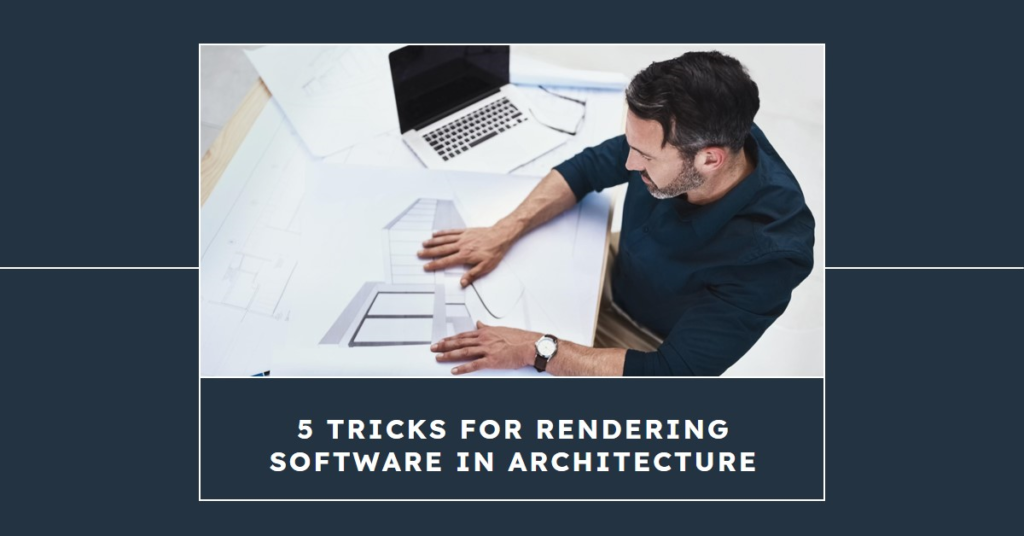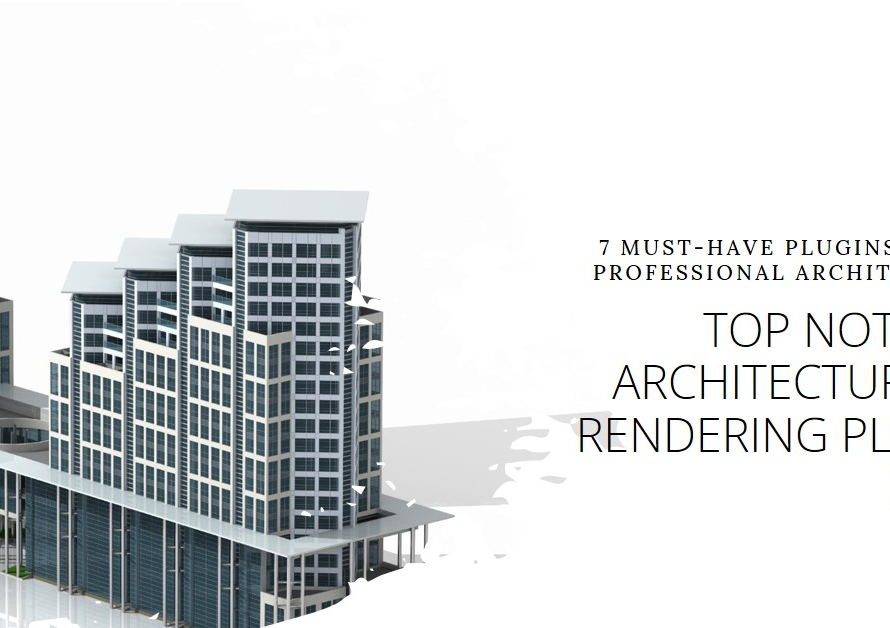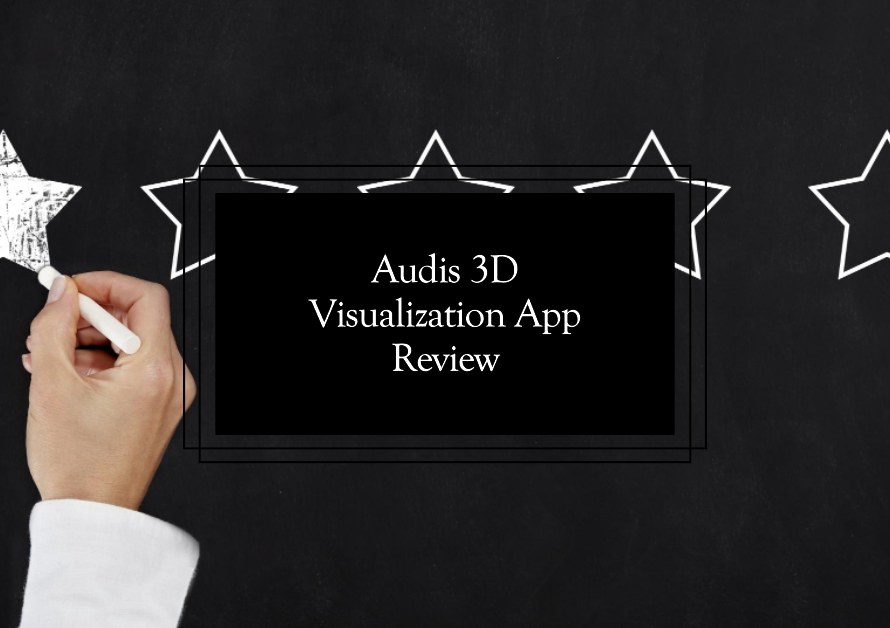
Table of Contents
1. Introduction: The Evolution of Architectural Visualization
Exterior Project – The introduction sets the stage by highlighting the transformative impact of 3D technology on architectural design and visualization processes. It acknowledges the pivotal role that 3D rendering and modeling play in exterior project development, revolutionizing the way architects conceptualize, communicate, and realize their design visions.
2. Conceptualization and Ideation
3D technology revolutionizes the conceptualization and ideation phase of exterior project development. Architects can translate abstract ideas and design concepts into lifelike visual representations using 3D modeling software. By creating virtual 3D models of exterior spaces, architects can experiment with different design elements, materials, colors, and spatial arrangements, exploring creative possibilities and refining design iterations with precision and flexibility.
3. Realistic Visualization and Presentation
One of the key strengths of 3D technology lies in its ability to produce realistic visualizations and presentations of exterior projects. Architects can generate high-quality renderings and animations that accurately depict exterior spaces, building facades, landscaping elements, and environmental contexts. These visualizations enable architects to communicate design intent effectively to clients, stakeholders, and project teams, fostering better understanding, engagement, and decision-making throughout the project lifecycle.
4. Contextual Integration and Site Analysis – Exterior Project
3D technology facilitates contextual integration and comprehensive site analysis for exterior projects. Architects can incorporate surrounding landscapes, urban contexts, natural features, and existing structures into 3D models, providing valuable insights into site conditions, topography, sunlight exposure, views, and spatial relationships. This holistic approach enhances design integration with the environment, optimizes site utilization, and informs sustainable design strategies for exterior spaces.
5. Design Validation and Iterative Refinement
Architects leverage 3D technology for design validation and iterative refinement in exterior project development. By simulating real-world conditions and interactions within 3D models, architects can evaluate design performance, spatial functionality, circulation patterns, and user experiences. Iterative design iterations based on feedback, simulations, and data-driven insights lead to optimized exterior designs that meet aesthetic, functional, and performance objectives effectively.
6. Collaboration and Communication
3D technology facilitates seamless collaboration and communication among multidisciplinary project teams, clients, consultants, and stakeholders involved in exterior projects. Through cloud-based platforms, virtual design reviews, and interactive presentations, architects can share 3D models, renderings, and design iterations in real time, fostering collaborative decision-making, design coordination, and project alignment. Clear visual communication enhances project understanding, reduces errors, accelerates approvals, and ensures project success.
7. Design Variations and Options Exploration
Architects leverage 3D technology to explore design variations, options, and scenarios in exterior project development. By creating parametric and flexible 3D models, architects can quickly generate and evaluate multiple design alternatives, material choices, façade treatments, landscaping strategies, and architectural styles. This iterative design approach empowers architects to tailor designs to client preferences, project constraints, and contextual considerations, ensuring optimized design solutions that resonate with stakeholders.
8. Environmental Simulation and Analysis
3D technology enables architects to conduct advanced environmental simulations and analysis for exterior projects. Using specialized software, architects can simulate solar exposure, daylighting effects, wind patterns, energy performance, and thermal comfort within 3D models. This data-driven approach informs sustainable design decisions, building envelope optimizations, passive design strategies, and green building certifications, promoting environmentally responsible and energy-efficient exterior designs.
9. Cost and Time Optimization
By leveraging 3D technology, architects can optimize costs and timelines in exterior project development. Accurate 3D modeling, visualization, and simulations reduce the need for physical prototypes, costly design revisions, and construction errors. Virtual walkthroughs, flyovers, and interactive tours based on 3D models facilitate stakeholder approvals, contractor briefings, and construction planning, streamlining project workflows and reducing project delays and cost overruns.
10. Conclusion: Transforming Exterior Design with 3D Innovation


In conclusion, 3D technology serves as a transformative tool that empowers architects in every aspect of exterior project development. From conceptualization and visualization to analysis, collaboration, and optimization, 3D innovation revolutionizes design processes, enhances design quality, fosters sustainable practices, and accelerates project delivery in the architectural industry. Architects embracing 3D technology unlock endless creative possibilities, elevate design standards, and create inspiring exterior spaces that harmonize with their surroundings, fulfill user needs, and stand the test of time.


